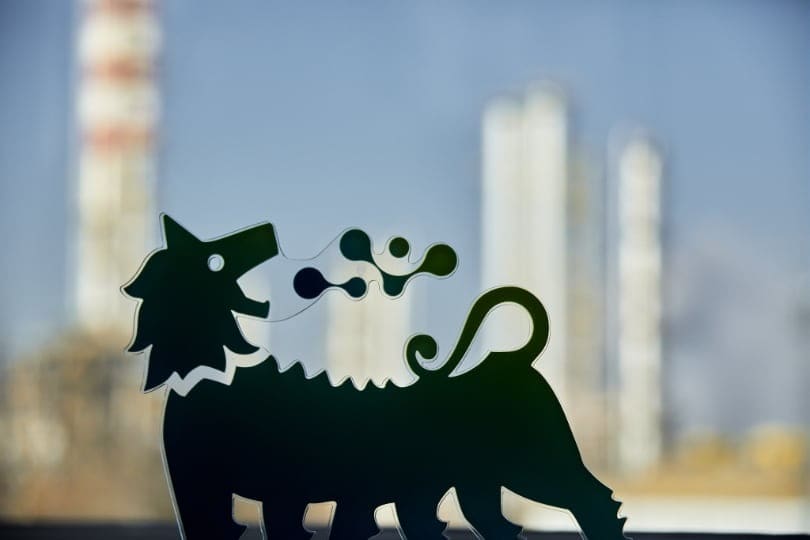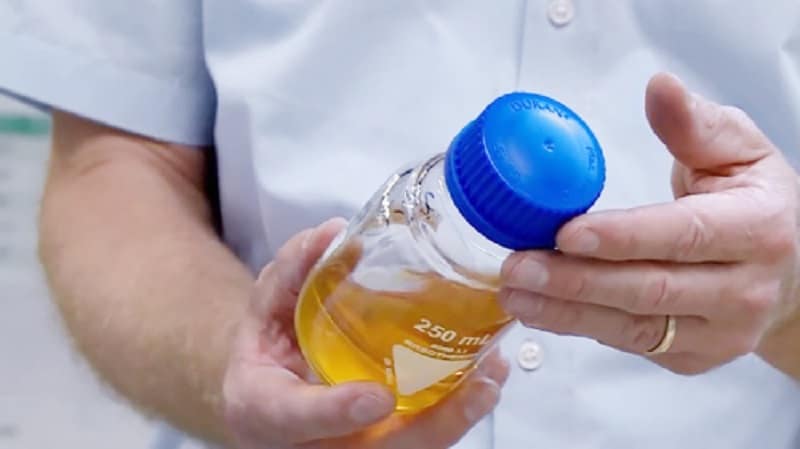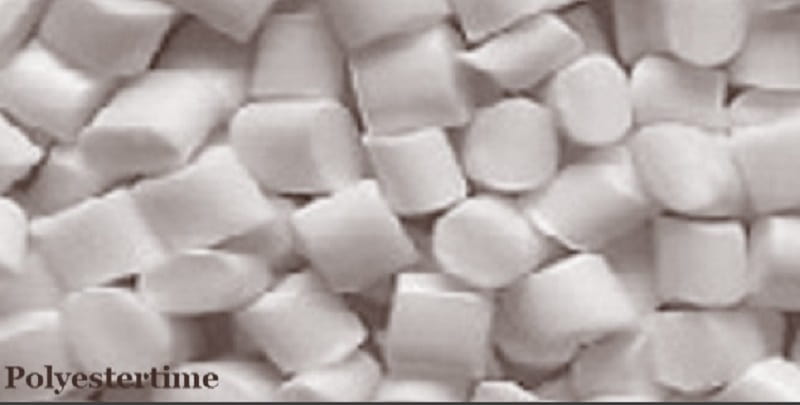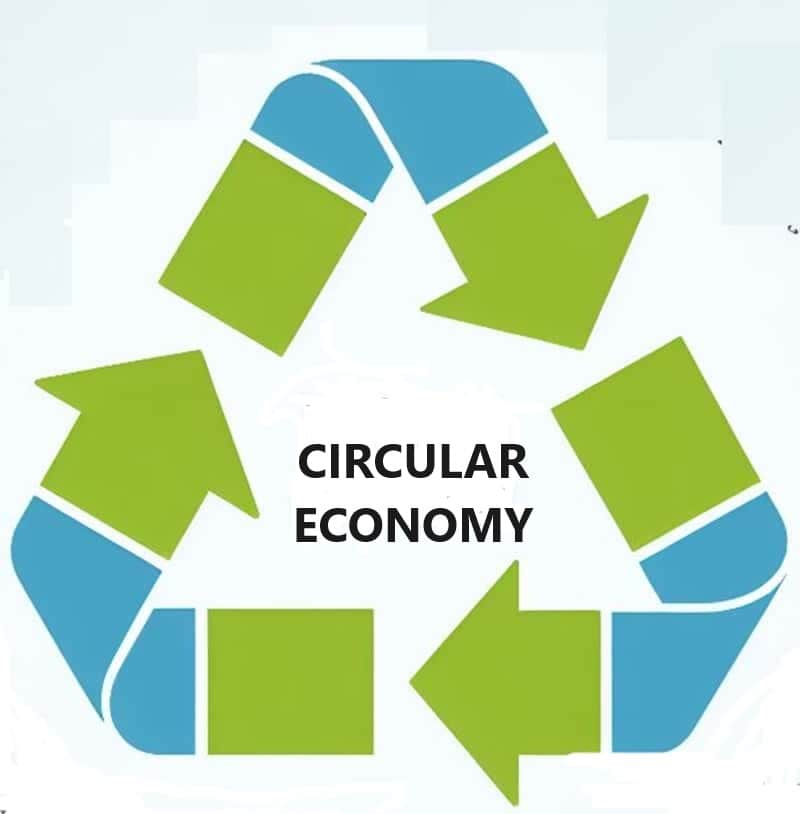Pyrolysis – Polymer prices have come under pressure due to a combination of weak demand and lower raw material costs 26-10-2024
Pyrolysis
ENI has unveiled a major €2 billion transformation plan for its chemical subsidiary, Versalis, targeting decarbonization and sustainable growth through 2029
This initiative will involve the closure of its remaining cracking plants in Brindisi and Priolo, as well as polyethylene production in Ragusa, to be replaced by advanced facilities aligned with sustainable chemistry, biorefining, and energy storage. These changes aim to cut CO₂ emissions by roughly 1 million tons, a 40% reduction from current levels at Italian sites.
Financially, ENI seeks to limit Versalis’ dependence on basic chemicals, a segment in irreversible decline across Europe, having incurred €7 billion in losses over 15 years, with €3 billion in recent years. In 2023 alone, Versalis reported a loss of €390 million, underscoring the need for this strategic shift. Pyrolysis
The transformation will also specialize Versalis’ portfolio in high-value sectors like specialized polymers, biochemicals, and circular economy solutions, reducing focus on commodities. Organizationally, Versalis will adopt a “satellite” model comprising four segments: Biochemistry (including Novamont), Downstream (with acquisitions of Finproject and Tecnofilm), Circularity (via chemical and mechanical recycling), and a reduced Basic Chemistry segment. ENI projects a positive employment impact post-transformation, counteracting sectoral decline at a European level while aligning with its technology-focused, energy-transition strategy.Pyrolysis

European Plastics Recycling Faces Crisis
Plastics Recyclers Europe has raised an urgent call for action to halt the decline in the European plastics recycling sector. The industry faces mounting challenges, including reduced demand for recycled materials, declining investment, and increased non-EU imports, which have strained recyclers for years.
The association highlights that the crisis, which led to plant closures in 2023, is worsening. The rise in imports from outside the EU, often with questionable recycled content claims and lacking proper verification, poses a significant threat. According to Ton Emans, President of Plastics Recyclers Europe, many recyclers are struggling to compete with these unchecked imports that don’t meet EU environmental standards. Pyrolysis
The association stresses the urgent need to restrict imports of non-compliant materials and create a level playing field to sustain Europe’s green transition and industrial competitiveness. As outlined in the Draghi report, EU regulations must be effectively implemented, but current industrial slowdowns make achieving set targets unrealistic.
Plastics Recyclers Europe is urging EU institutions to take immediate measures to support existing recycling infrastructure and future investments. Without decisive action, the future of the European plastics recycling industry is at risk, which could undermine both competitiveness and sustainability in the region. Pyrolysis

Polymer prices have come under pressure due to a combination of weak demand and lower raw material costs
Several factors are contributing to this downward trend:
- Bearish Demand: The global economic slowdown, especially in key markets like construction, automotive, and packaging, has reduced the demand for polymers such as polyethylene (PE), polypropylene (PP), and polyvinyl chloride (PVC). As industries that heavily consume these materials slow down, inventories build up, and prices are forced downward. Seasonal slowdowns can also exacerbate this issue. Pyrolysis
- Lower Raw Material Costs: Falling prices for feedstocks like crude oil and natural gas, from which many polymers are derived, have also contributed to the price decline. For example, ethylene and propylene, which are the building blocks for many polymers, have seen price drops due to lower energy costs and oversupply in some regions. This reduction in input costs allows polymer producers to lower their selling prices while still maintaining margins.
- Global Supply Chain Dynamics: Increased global polymer production capacity in key regions like China and the Middle East has resulted in oversupply in certain markets, intensifying competition and pushing prices lower. Producers in these regions have been ramping up output, and in the face of weak demand, this has further pressured prices. Pyrolysis
- Currency Fluctuations: In certain cases, currency depreciation in emerging markets may make imports more expensive, reducing demand for foreign polymers. However, for countries that export polymers, a weaker currency could make their products more competitive on the global market, contributing to price adjustments.
As a result, the overall polymer market is seeing increased pricing pressure, and these trends may continue until demand conditions improve or the market rebalances through production adjustments. Pyrolysis

SIBUR has reached a major milestone by collecting two billion plastic bottles, which are now being recycled into Vivilen rPET polymer granules
Vivilen is made using advanced technology that blends recycled plastic with virgin materials, and the granules, containing up to 30% recycled content, are mainly used in food packaging. This initiative, launched two years ago at SIBUR’s Polief plant in Bashkortostan, marks a significant step in Russia’s closed-loop economy. Olympic fencing champion Timur Safin celebrated this achievement, highlighting SIBUR’s commitment to sustainability. Pyrolysis
The two-billion bottle collection was recognized during the All-Russian Walking Day, reinforcing the connection between environmental responsibility and a healthy lifestyle. Niyaz Fazylov, Bashkortostan’s Minister of Ecology, praised the accomplishment as a key environmental achievement for the region and the country. The bottles collected go through a detailed process of sorting, crushing, and cleaning before being transformed into plastic flakes used for Vivilen granules.
SIBUR’s efforts to recycle plastic waste contribute to a cleaner, more sustainable future for Russia, while promoting the integration of circular economy principles across industries.
Circular Economy challenges in South and Southeast Asia
Southeast Asia has been recognised as a significant hotspot for plastic pollution. One main reason is because it does not have the recycling infrastructure needed to manage the volume of waste being imported into the region from more developed countries. A 2023 study reveals that Indonesia, the Philippines, and Vietnam rank among the top 10 countries globally for the highest levels of mismanaged plastics, i.e., waste that is either incinerated or sent to landfills instead of being recycled. Pyrolysis
These countries alone generate over 1.5 million metric tonnes of mismanaged plastics annually. To tackle the problem, Southeast Asian nations such as Thailand, Malaysia, and Vietnam have imposed restrictions on waste imports from Western countries and adopting a holistic framework to encourage sustainable consumption and recycling practices.
However, although South Asia is an economically diverse region with each country having its own unique approach to the circular economy, the area as a whole has been slower to embrace these principles. Without coordinated efforts to reduce pollution across South Asia, the subcontinent could account for up to 19 percent of the total global emissions allowed under the 2015 Paris Agreement. Pyrolysis

Pyrolysis


